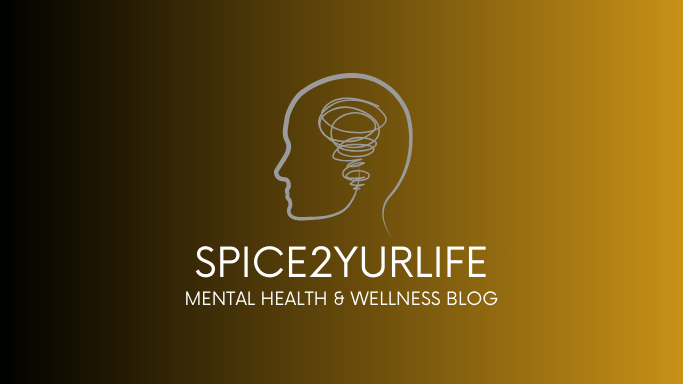In our fast-paced, interconnected world, finding the right balance between social activities and alone time can be challenging. While social interactions are essential for our mental and emotional well-being, alone time is equally crucial for self-reflection and rejuvenation. Striking the right balance can lead to a more fulfilling and balanced life. Here are some tips on how to achieve this harmony.
The Importance of Social Activities
1. Building Relationships: Social activities help us build and maintain relationships, which are vital for emotional support and a sense of belonging.
2. Mental Stimulation: Engaging in conversations and group activities stimulates the mind, fostering creativity and new ideas.
3. Emotional Well-being: Social interactions can boost our mood and provide a sense of community, reducing feelings of loneliness and depression.
The Value of Alone Time
1. Self-Reflection: Spending time alone allows us to reflect on our thoughts and feelings, leading to greater self-awareness and personal growth.
2. Recharging: Alone time gives us the opportunity to recharge our energy, especially after social interactions, ensuring we don’t burn out.
3. Personal Interests: It’s a chance to pursue hobbies and interests without distractions, contributing to a well-rounded and satisfying life.
Tips for Balancing Social Activities and Alone Time
1. Know Your Needs: Understand your personal needs for social interaction and alone time. Introverts may need more alone time to recharge, while extroverts might thrive on frequent social activities.
2. Schedule Both: Plan your week to include both social activities and alone time. This ensures you don’t neglect either aspect of your life.
3. Set Boundaries: Learn to say no to social invitations if you feel overwhelmed. Prioritizing your mental health is essential.
4. Quality Over Quantity: Focus on meaningful social interactions rather than the number of social activities. Deep connections are more fulfilling than numerous superficial ones.
5. Combine Both: Find activities that allow for both social interaction and personal space. For example, attending a class or a group workout session provides a sense of community while also offering personal benefits.
6. Mindful Engagement: Be fully present in social activities and alone time. Mindfulness helps you to derive the most benefit from each experience.
7. Regular Reflection: Periodically assess how you feel about the balance between your social life and alone time. Adjust your schedule as needed to maintain harmony.
Practical Examples
- Weekend Balance: Spend Saturday with friends or family, and reserve Sunday for self-care and personal projects.
- Daily Routine: Integrate short breaks for alone time during the day, even if it’s just a walk or reading a book, to complement your social interactions at work or school.
- Vacation Planning: Include both social outings and solo explorations in your travel itinerary to enjoy the best of both worlds.
Balancing social activities and alone time is a dynamic process that requires self-awareness and intentional planning. By understanding your needs and setting boundaries, you can create a lifestyle that nurtures both your social connections and personal well-being. Remember, the goal is not to split your time equally but to find a harmony that enriches your life and keeps you mentally and emotionally healthy.











